Figures & data
Figure 1. The unified model and framework of industry semantic knowledge base.
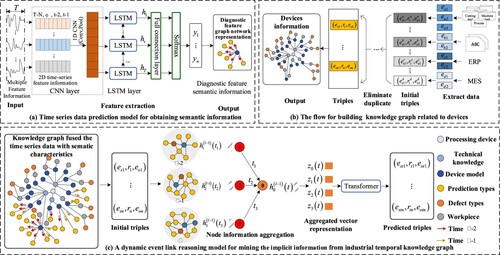
Figure 2. Integrated segmentation process of time series data of IoT perception.
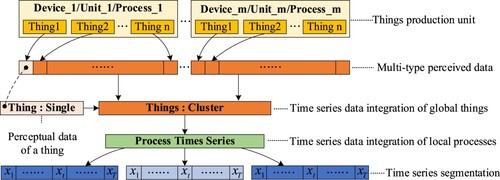
Figure 3. The data processing flow of the NLTK and D2R.
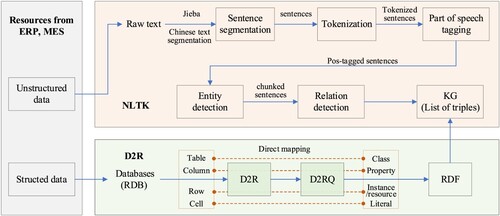
Table 1. Description of semantic relationship.
Table
Figure 4. Information on industrial data types and corresponding statistics.
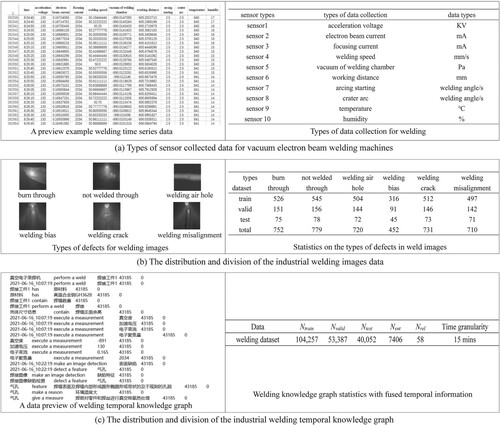
Figure 5. Loss variation curves for the four models.
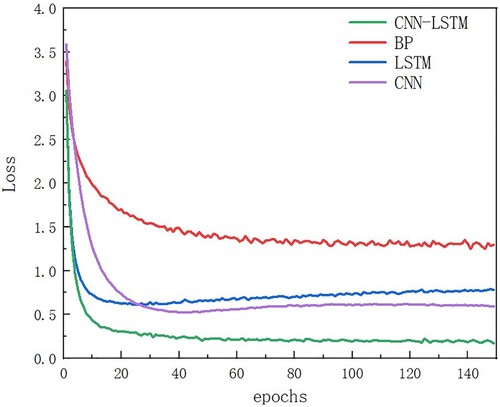
Table 2. Performance comparison of the models’ predictions.
Figure 6. Knowledge graph network of local temporal events for welding thin-walled shell workpiece.
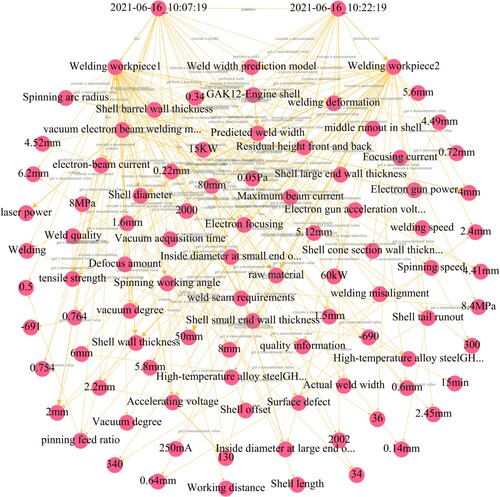
Figure 7. Thin-walled shell machining knowledge graph with fusion its welding temporal features.
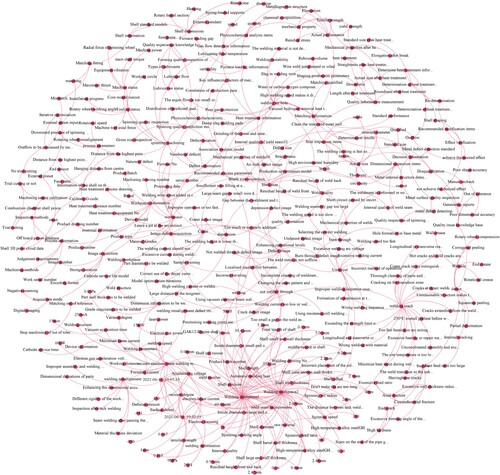
Table 3. Comparison of our models with several baseline models for space complexity.
Figure 8. Performance comparisons of the reasoning models on relationship ‘perform a weld’.
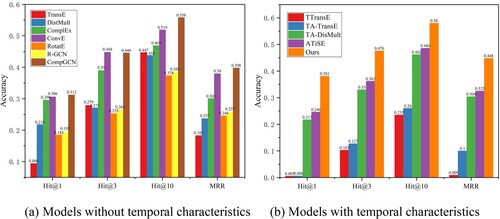
Figure 9. Performance comparisons of the reasoning models on relationship ‘make an image detection’.
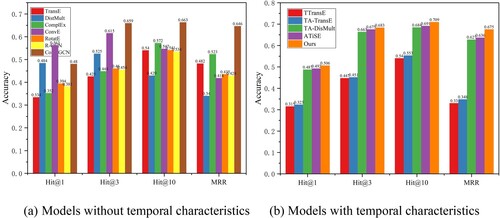
Figure 10. Performance of the comprehensive reasoning ability over time in the welding datasets.

Table 4. Comparison of prediction accuracy between the temporal models and the static models in welding temporal knowledge graph.
Table 5. Examples of specific temporal knowledge link reasoning found by our model.
Data availability statement
The raw/processed data required to reproduce these findings cannot be shared at this time due to data privacy and security concerns restrictions in the aerospace company.
